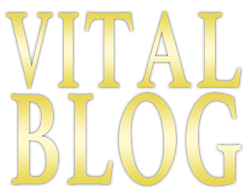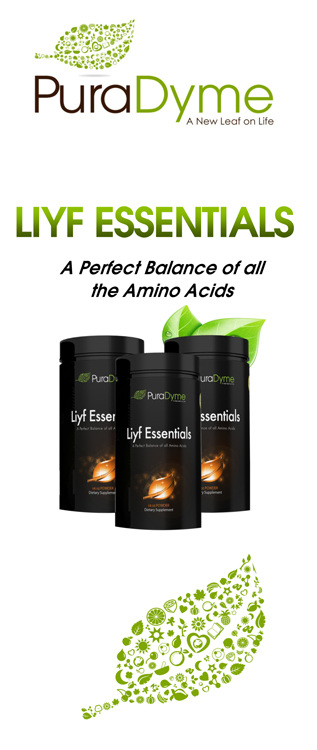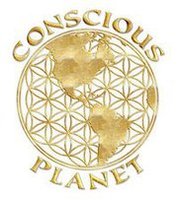|
Therapeutic-grade essential oils are most often extracted via a low-heat steam distillation process in which steam is circulated under pressure through plant material liberating the essential oils into the steam.
As the steam mixture cools, the water and oils naturally separate and the oil is collected in its pure form. To ensure the highest quality oil extract of correct chemical composition, temperature and pressure must be monitored very closely. Too little heat and pressure will not release valuable oil while too much can change an extract's composition and potency. As important as the carefully controlled extraction process is, the careful selection of the correct plant and plant parts harvested at the right time is also required for a successful extraction. This complex process is as much art form as it is science and requires experienced growers and distillers working together to ensure a quality product. (Fact: It takes as much as 12,000 rose blossoms to distill 5 ml of therapeutic- grade essential rose oil.) Steam distillation is by far the most common method of extraction, but some oils such as citrus oils are extracted through a process of compression in which the oil is squeezed from the plant. A very few essential oils are extracted using solvents that bind with the oils and are later removed from the final product. Essential oils are used for a very wide range of emotional and physical wellness applications.
They can be used a single oil at a time or in complex blends depending on user experience and desired benefit. Essential oils are usually administered by one of three methods: diffused aromatically, applied topically, or taken internally as dietary supplements. Aromatic Uses Our sense of smell influences many physiological pathways including the stimulation of hormones and other metabolic processes. Aromatherapy is founded on the body's predictable response to specific olfactory stimuli. Essential oils are widely used in aromatherapy applications. Certain essential oils, when diffused in the air, can be very stimulating while others can be calming and soothing. Beyond emotional benefits, diffusing essential oils can purify air of unwanted odors and some airborne pathogens. Low or no-heat essential oil diffusers are recommended as they do not change the chemical structure of the oil being diffused. Essential oils can also be used as cleansing and purifying additives to laundry and surface cleaners throughout the home. Topical Uses Due to their natural molecular composition, essential oils are easily absorbed by the skin and can be safely applied topically. Application of essential oils can have immediate, localized benefit to the target area of application. They have restorative and calming properties and can be used effectively with massage and beauty therapy. They are also natural disinfectants. The chemical structure of essential oils also allows them to be absorbed into the bloodstream via the skin for internal benefit throughout the body. Internal Uses Essential oils can also be used as dietary supplements supporting a variety of healthy conditions. Some essential oils have powerful antioxidant properties while others help support healthy inflammatory response in cells. Many essential oils are generally regarded as being safe for dietary use, but some oils should not be taken internally. Do not use any essential oil product internally that does not have the appropriate dietary supplement facts on its label. Using essential oils can be both profoundly simple and life changing at the same time. Working with someone who has used essential oils before will help first-time users have a more beneficial and enjoyable experience. A large amount of information is readily available for those desiring to increase their knowledge of essential oil applications. (Be sure to use only 100% pure therapeutic-grade essential oils and follow all label warnings and instructions. Essential oils should not be used in the eyes, inside the ear canal, or in open wounds. If redness or irritation occurs when using essential oils topically, simply apply any vegetable oils such as fractionated coconut oil or olive oil to the affected area. Consult your physician before using essential oils if you are pregnant or under a doctor's care.) Essential oils have been used throughout recorded history for a wide variety of wellness applications. The Egyptians were some of the first people to use aromatic essential oils extensively in medical practice, beauty treatment, food preparation, and in religious ceremony.
Frankincense, sandalwood, myrrh and cinnamon were considered very valuable cargo along caravan trade routes and were sometimes exchanged for gold. Borrowing from the Egyptians, the Greeks used essential oils in their practices of therapeutic massage and aromatherapy. The Romans also used aromatic oils to promote health and personal hygiene. Influenced by the Greeks and Romans, as well as Chinese and Indian Ayurveda, use of aromatic herbs, the Persians began to refine distillation methods for extracting essential oils. The gathered the most aromatic plants to distill them and extract the essential oils. These steam distilled extracts were used throughout the dark ages in Europe for their anti-bacterial and fragrant properties among other powerful and healing benefits. In modern times, the powerful healing properties of essential oils were rediscovered in 1937 by a French chemist, Rene-Maurice Gattefosse, who healed a badly burnt hand with pure lavender oil. A French contemporary, Dr. Jean Valnet, used therapeutic-grade essential oils to successfully treat injured soldiers during World War II. Dr. Valnet went on to become a world leader in the development of aromatherapy practices. The modern use of essential oils has continued to grow rapidly as health scientists and medical practitioners continue to research and validate the numerous health and wellness benefits of therapeutic-grade essential oil. |
Details
Search for ANYTHING Vital to Life!Categories
All
Vital Blog Archives
November 2015
|














